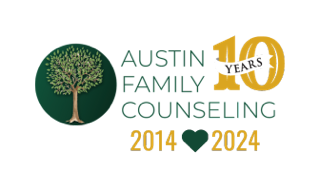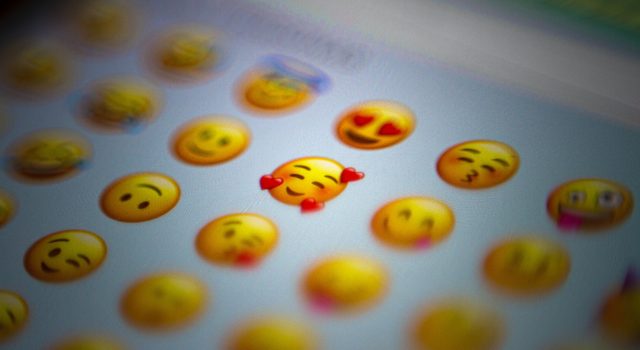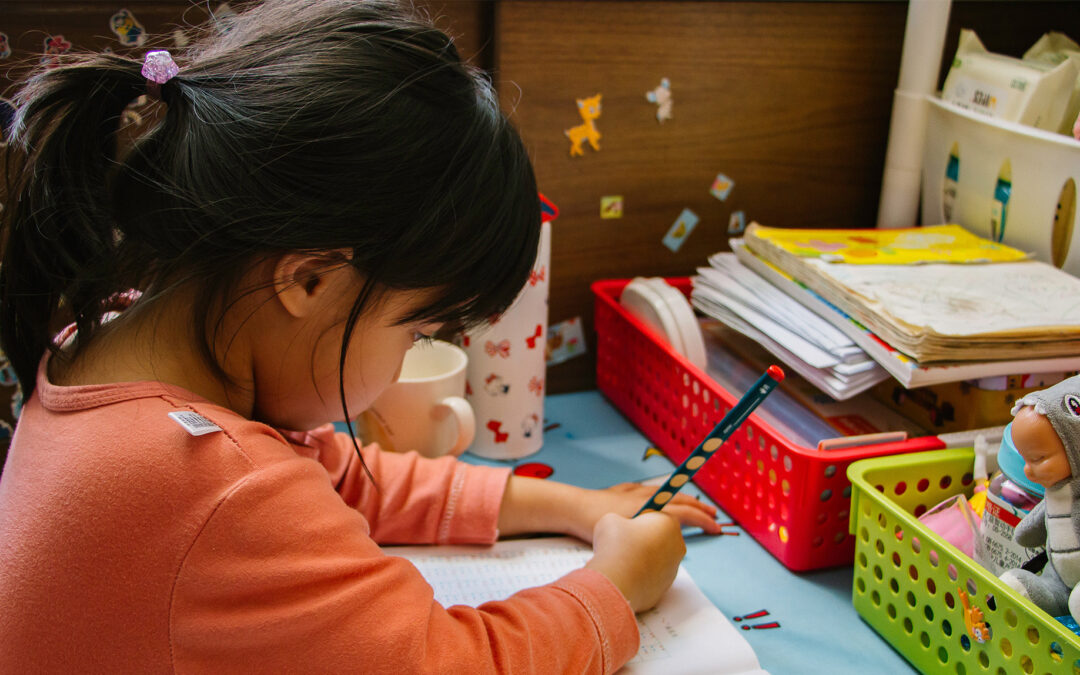There are feelings we prefer to experience, and some that we would rather do without. Oftentimes these get categorized into “good” and “bad” emotions. For example, “happy” might feel good, but “sadness” might feel bad, and so they consciously or subconsciously get labeled as such. What if I were to tell you that feelings are neither good nor bad, but rather neutral? What if I were to say that a feeling like “anger” is not only okay, but normal and human? When we categorize feelings into good and bad, we are more prone to having more complex emotions and judgment about ourselves (such as having feelings about our feelings), bottling up emotions (which instead of making feelings disappear will lead to further unresolved feelings that tend to fester and pop up at a later time), and missing out on understanding ourselves better. Rather than looking at our feelings through the lens of good and bad, I would like to challenge you to look at them through the lens of curiosity.
Seeing Our Feelings as Information
When we are looking at our feelings through curious eyes, we can gain better understanding about ourselves. Our feelings are information; clues that help us in getting to know ourselves better. For example, if one feels sad when a friend moves away, being curious about that feeling can help you learn more about what you value. You might find after sitting with that feeling for a bit that you miss talking with them, and make a plan to facetime, write letters to each other, or plan times to visit. You might also find in that same scenario that you are mourning that things will not be the same with that friend again – those feelings of loss and grief are okay too. There may not be a way to make things just as they were, but you are learning that you cared deeply about this friend, that it hurts when losses are experienced, and that it is okay to mourn that loss and feel sad. In learning this about yourself and taking this information in, you may find that you need more support from others during this time and seek out loved ones to talk to, or incorporate some walking into your routine to help boost some endorphins during this difficult time. Alternatively, pushing the feeling of sadness away because it is uncomfortable and not addressing it does not mean that the sadness goes away and is not felt; it just means that it is not being recognized, processed, and worked through. Every person and every situation is different and has different needs, so working through feelings will look differently in each case. However, the more we push away feelings, the more they pile up, and the more unresolved feelings you may have later down the line.
The example above was about experiencing sadness, which might be an uncomfortable emotion. Likewise, we can also look with curiosity at the feelings we tend to enjoy and dig a little deeper about where they are coming from and how to incorporate more of these types of healthy experiences, situations, and relationships into our lives. The word “curiosity” helps to keep us from judgment, and helps us have a healthier outlook in learning more about ourselves. We can also use this curiosity to better understand the people around us, whether it is a partner, friend, child, or someone else.
Taking Responsibility Over What’s Ours
Some may wonder something along the lines of, “If feelings are not bad, how come others don’t like when I’m sad?” or “If anger is okay, does that mean it’s okay for others to yell at me because they’re angry?”
The simple answer for the first question is – we can’t control how others feel about our feelings, but we can choose how to respond to our own emotions. The long answer is that some people may not have the same understanding about feelings being neutral, and may be uncomfortable seeing others with feelings like sadness and anger (or any number of other feelings). We cannot control how others respond to our emotions, but what we can control is the way that we respond to our emotions.
In response to the second question, we’ve established that being angry is not bad, and that we also take responsibility for how we respond to that anger. Acknowledging the feeling, we can make a conscious effort to be curious and learn more about ourselves. Research professor Brené Brown asserts in her book Atlas of the Heart that anger is often an emotion that is covering up other emotions. For example we might experience anger because it feels less vulnerable than fear, rejection, or guilt. Taking the time to be curious about what we are feeling can help us have a clearer picture about what we are experiencing. Just as we can respond to anger with curiosity, we can also choose to respond to the feeling of anger in other ways such as yelling at whoever is nearby. Whereas learning more about ourselves will help us grow, yelling at others will likely cause rupture in our relationships and other undesired consequences. That is all to say, a feeling and a response to a feeling are two different things. The ways we respond to our feelings have consequences, so it’s in the way that we choose to react from our feelings that makes the difference. That being said, it is okay for others to experience anger as well, but they are also responsible for the way that they respond to that emotion. (Note: children are new to understanding emotions and will need a parent’s help in recognizing what they’re feeling and guidance in learning healthy ways to work through and express those feelings.)
Feelings Wheel
Now that we’ve learned a little about how to be accepting of our feelings, we might still find that it’s sometimes hard to pinpoint what we’re feeling. A Feelings Wheel is a tool that can help give more words to the feelings we feel. Not all Feelings Wheel’s are the same, but there are typically some basic emotions in the center of the wheel, and then the feeling words branch out to have more specific feelings. Feelings Wheels help give us an insight into the many different things we might be feeling, and naming the feeling can bring comfort and be a first step into digging a bit deeper. I have included a Feelings Wheel for reference, but a quick internet search will give you some more options and perhaps more words that resonate with you. There are also some Feelings Wheels that are more appropriate for younger children which include faces and/or a more limited amount of feeling words to choose from. If you find that exploring your feelings is too difficult, confusing, complicated, or causes you distress, seeking out the help of a counselor might be helpful. Counselors are here to help people get to know themselves better and walk alongside them on the path to their goals.













